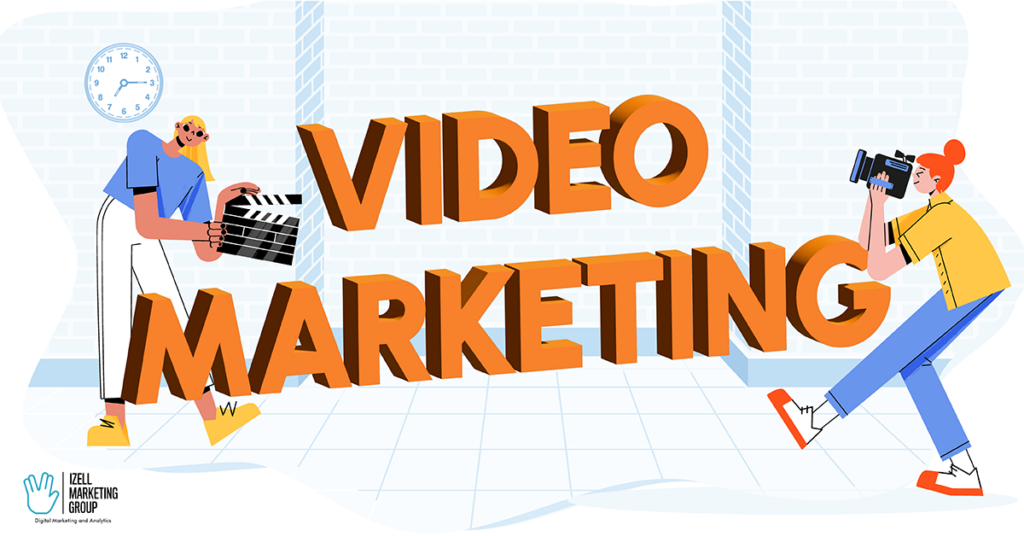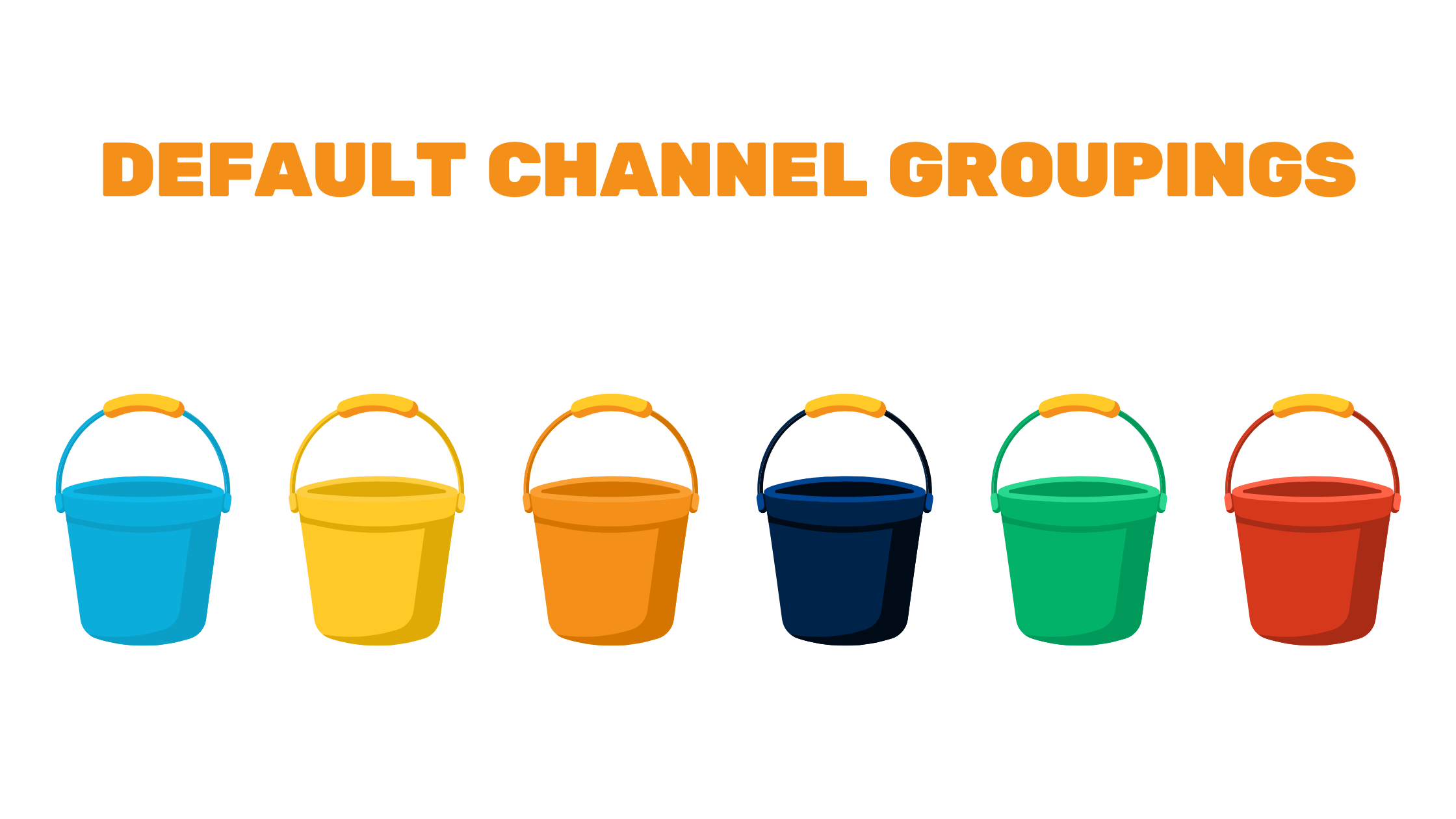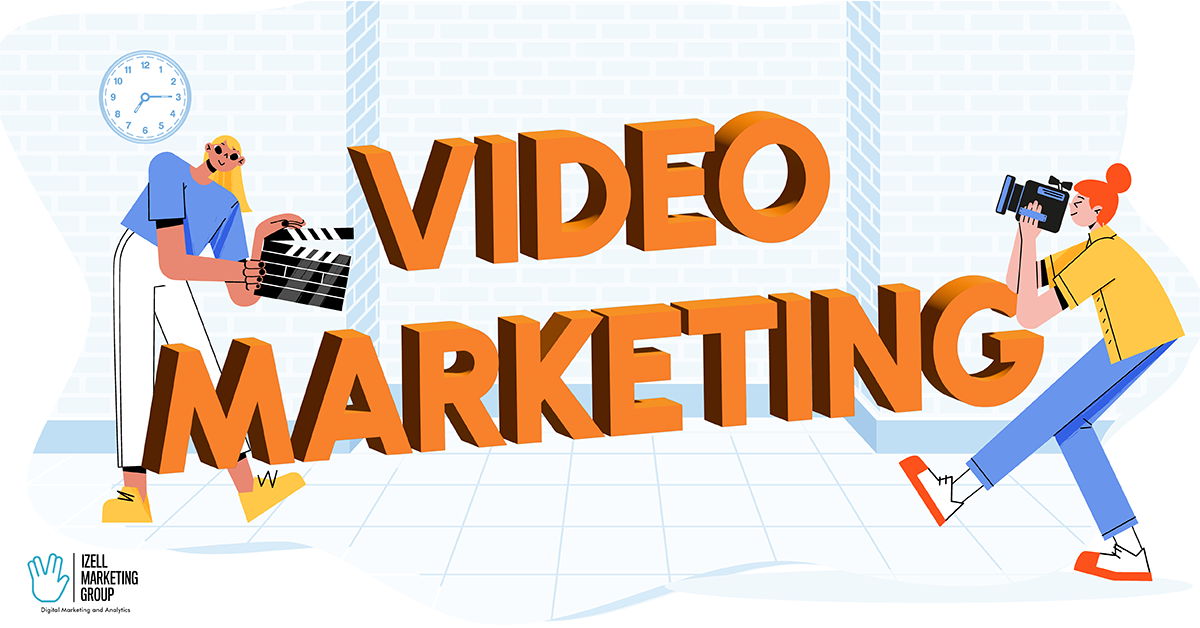5 Key Lessons We've Learned About Video Marketing
Video is the undisputed champion when it comes to online content. At Izell Marketing Group, through creating video content for ourselves and our clients, we’ve learned some invaluable lessons. Whether you’re looking to refine your approach or you’re a total beginner to video marketing, here are five insights we’ve garnered from our experience.
- Choose the right tools
- Value storytelling over production
- Understand your audience
- Prioritize accessibility
- Measure engagement
1. Choose the right tools
Video and photography gear can be expensive and overwhelming. However, launching your company’s video marketing doesn’t have to break the bank. We found that the most important factor is choosing tools that align with our needs and budget. Often, a simple iphone video does the trick! An article by AdWeek suggests that leaning into lo-fi production has not only equipped brands and agencies to more effectively partake in trends and operate on tighter timelines, it also has allowed them to speak on par with their audiences and form authentic connections through social media platforms.
We have created effective videos using everything from our iphones and a lavalier mic to a mid-range camera and multi-light setup. Remember, the goal is to produce quality content that resonates with your audience without overwhelming your resources or putting stress on your team.
2. Value Storytelling > production
Our experience has taught us that the true impact of video marketing lies not in the production value, but in the strength of storytelling. Especially at the beginning, the narrative you craft means more than how well produced your video is. Effective storytelling is remembered for the connection you create with your audience, not the frame rate or the color grading. Focus on creating stories that will resonate with your audience’s goals or pain points. Have a clear message, and work to communicate it concisely. Your video is meant for people, and people from all walks of life -regardless of background, needs, desires, or challenges – respond to a good story!
The narrative is what viewers will remember and share with others, so foster this narrative through having relatable subjects, showcasing situations that mirror the viewer’s own, and portraying authentic emotions. It’s awesome to create content that is visually stunning, but if it’s not also engaging, you run the risk of it being emotionally distant. By centering the story, you get the best of both worlds!
3. Understand your audience
Meet your audience where they are. Whether that means choosing one platform over another or timing the content to match their behavior, adapt your strategy based on when and where your audience is. The context in which your audience is shown your content will influence their openness to your message. If you encourage interaction, carefully release your content at the times your audience is most receptive, and balance the frequency you release it, you can stay relevant without fatiguing your audience.
4. Prioritize Accessibility
Accessibility to a wide audience is essential and non-negotiable. It reflects thoughtfulness and inclusivity–two qualities that enhance brand perception. Always include captions, consider audio descriptions if you use a visual aid, and ensure your content is compatible with platforms that support assistive technology. Use high-contrast color and jargon-free language. By making videos more accessible, you expand your reach and foster an inclusive community.
5. Measure Engagement
To gauge our content’s effectiveness, we always monitor key metrics such as CTR, conversions, watch time, and view counts. It’s essential to note that every video should aim for a conversion. This could entail encouraging viewers to sign up, go shopping, or subscribe to a newsletter. Beyond these quantifiable metrics, we also value the qualitative insights from comments and feedback, which can provide direct consumer perspectives and highlight areas for improvement. By tracking these metrics, we not only discover what resonates with our audience but also continually refine our data-driven approach, ensuring each video is more effective and relevant than the last.
In conclusion, video marketing is less about how you tell your story and more about what your story is telling. As video content is created, remember to commit to stories that resonate, connect, and inspire, no matter the scale or budget.




